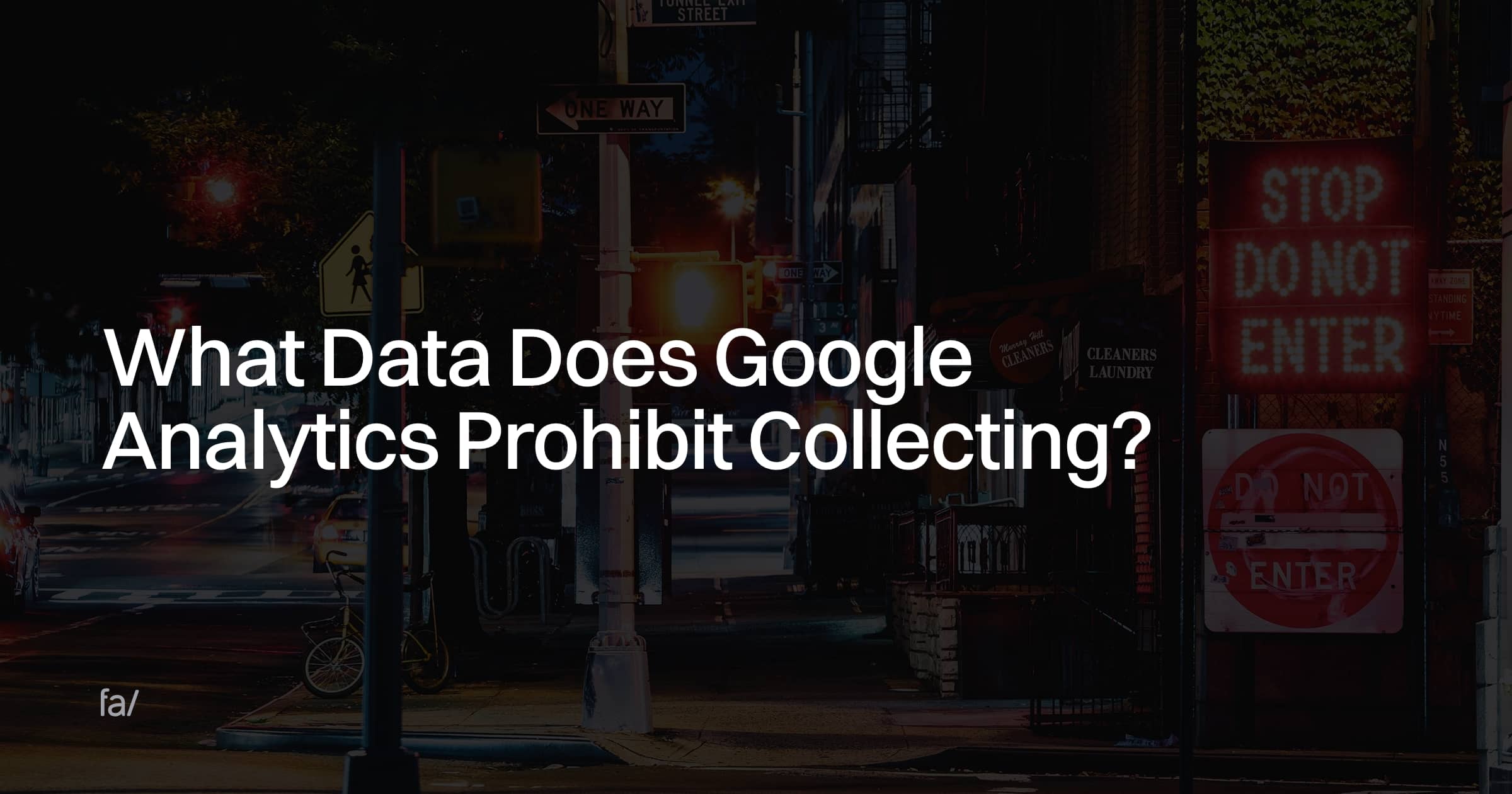Dive into Analytics: What Data Does Google Analytics Prohibit Collecting?
Dive into Analytics: What Data Does Google Analytics Prohibit Collecting?
Blog Article
Understanding the Art of Overcoming Information Collection Limitations in Google Analytics for Better Decision-Making
In the realm of digital analytics, the capability to essence meaningful understandings from data is vital for notified decision-making. By utilizing advanced techniques and tactical techniques, organizations can boost their information top quality, unlock hidden insights, and lead the means for even more reliable and enlightened decisions.
Data Quality Analysis
Information top quality assessment includes examining numerous aspects such as accuracy, efficiency, consistency, and timeliness of the data. One crucial aspect to consider is information precision, which refers to exactly how well the data mirrors the true values of the metrics being measured.
Completeness of data is an additional crucial variable in evaluating data quality. It entails guaranteeing that all required data points are collected and that there are no gaps in the details. Incomplete information can skew evaluation outcomes and hinder the ability to get a comprehensive view of individual actions or internet site performance. Consistency checks are additionally important in information quality analysis to identify any disparities or anomalies within the data set. Timeliness is similarly essential, as outdated data might no much longer matter for decision-making procedures. By focusing on information high quality evaluation in Google Analytics, companies can enhance the reliability of their analytics reports and make even more enlightened decisions based upon accurate insights.
Advanced Tracking Techniques
Making use of advanced monitoring strategies in Google Analytics can considerably improve the depth and granularity of information collected for more thorough evaluation and understandings. One such strategy is event monitoring, which permits the monitoring of particular communications on a site, like click buttons, downloads of files, or video clip views. By executing event tracking, businesses can acquire a deeper understanding of customer actions and interaction with their on the internet content.
Furthermore, custom dimensions and metrics offer a means to customize Google Analytics to details company needs. Customized measurements permit the creation of brand-new data points, such as individual duties or customer sectors, while custom-made metrics allow the monitoring of special performance indicators, like profits per individual or average order value.
Moreover, the use of Google Tag Manager can simplify the implementation of tracking codes and tags throughout an internet site, making it easier to take care of and deploy advanced tracking configurations. By harnessing these sophisticated monitoring techniques, services can open useful insights and maximize their online techniques for far better decision-making.
Custom Dimension Application
To improve the depth of information gathered in Google Analytics past advanced tracking techniques like event monitoring, companies can execute custom-made measurements for even more tailored insights. Custom dimensions enable organizations to specify and accumulate details information factors that are appropriate to their one-of-a-kind objectives and objectives (What Data Does Google he said Analytics Prohibit Collecting?). By designating customized measurements to different aspects on a site, such as individual interactions, demographics, or session details, services can gain an extra granular understanding of exactly how customers engage with their on the internet properties
Attribution Modeling Methods
By employing the ideal acknowledgment design, organizations can precisely associate conversions to the suitable touchpoints along the customer trip. One typical attribution model is the Last Interaction version, which provides credit score for a conversion to the last touchpoint a customer engaged with prior to transforming.

Data Tasting Evasion
When dealing with big quantities of information in Google Analytics, overcoming information tasting is important to guarantee accurate insights are obtained for educated decision-making. Data sampling occurs when Google Analytics estimates patterns in data instead than analyzing the total dataset, potentially leading to manipulated outcomes. To avoid information sampling, one efficient approach is to decrease the day array being examined. By concentrating on shorter timespan, the possibility of experiencing experienced information declines, giving a more accurate representation of user habits. In addition, utilizing Google Analytics 360, the premium version of the platform, can assist mitigate sampling as it enables for greater information thresholds prior to tasting begins. Implementing filters to tighten down the information being analyzed can additionally help webpage in staying clear of tasting concerns. By taking these aggressive actions to minimize data sampling, businesses can extract more accurate understandings from Google Analytics, bring about much better decision-making and boosted total efficiency.
Final Thought
In verdict, grasping the art of conquering information collection constraints in Google Analytics is essential for making informed choices. By carrying out an extensive data top quality evaluation, applying sophisticated tracking methods, utilizing customized dimensions, using acknowledgment modeling approaches, and staying clear of data sampling, businesses can guarantee that they have trustworthy and exact information to base their decisions on. This will ultimately lead to much more reliable strategies and far better end results for the organization.

Report this page